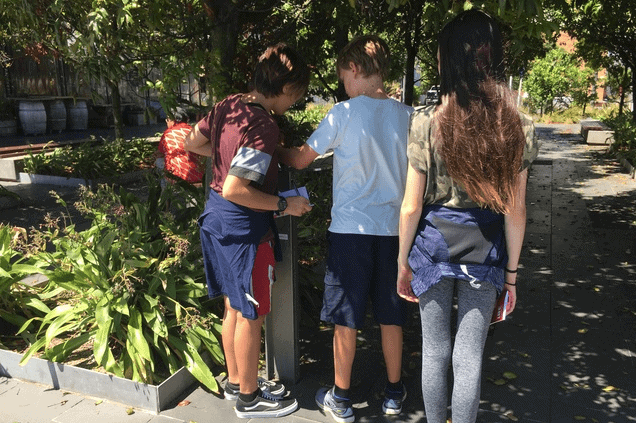Abstract
Introduction
New Zealand children’s physical activity, including independent mobility and active travel, has declined markedly over recent decades. The Neighbourhoods for Active Kids (NfAK) study examines how neighbourhood built environments are associated with the independent mobility, active travel, physical activity and neighbourhood experiences of children aged 9–12 years in primary and intermediate schools across Auckland, New Zealand’s largest city.
Methods and analysis
Child-specific indices of walkability, destination accessibility and traffic exposure will be constructed to measure the built environment in 8 neighbourhoods in Auckland. Interactive online-mapping software will be used to measure children’s independent mobility and transport mode to destinations and to derive measures of neighbourhood use and perceptions. Physical activity will be measured using 7-day accelerometry. Height, weight and waist circumference will be objectively measured. Parent telephone interviews will collect sociodemographic information and parent neighbourhood perceptions. Interviews with school representative will capture supports and barriers for healthy activity and nutrition behaviours at the school level. Multilevel modelling approaches will be used to understand how differing built environment variables are associated with activity, neighbourhood experiences and health outcomes.
Discussion
We anticipate that children who reside in neighbourhoods considered highly walkable will be more physically active, accumulate more independent mobility and active travel, and be more likely to have a healthy body size. This research is timely as cities throughout New Zealand develop and implement plans to improve the liveability of intensifying urban neighbourhoods. Results will be disseminated to participants, local government agencies and through conventional academic avenues.
Read the Research

